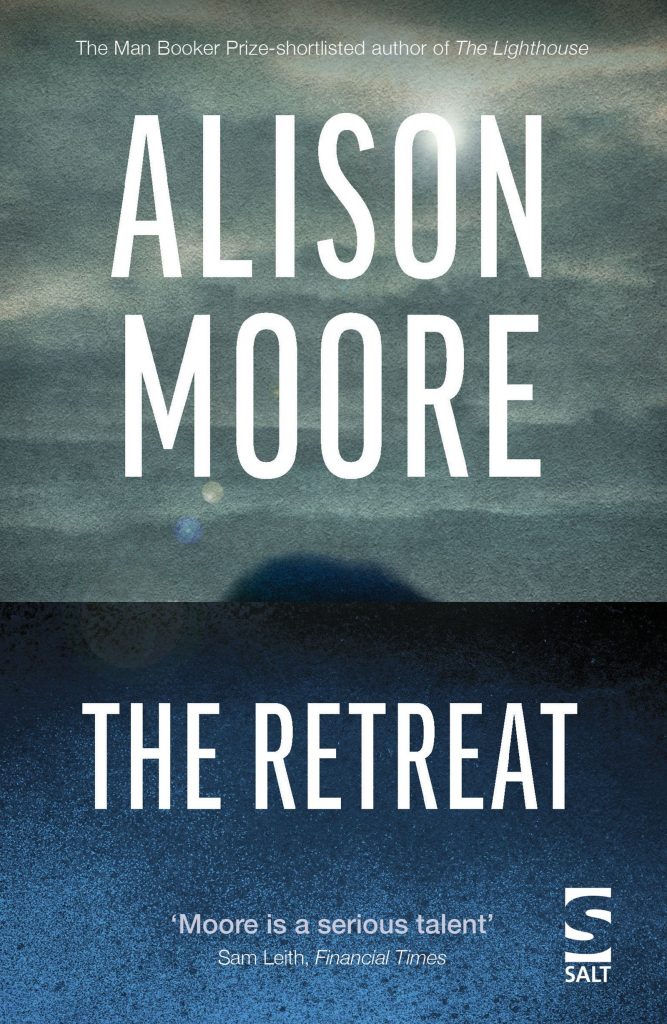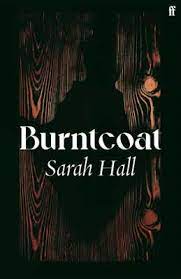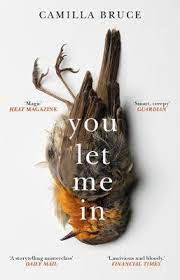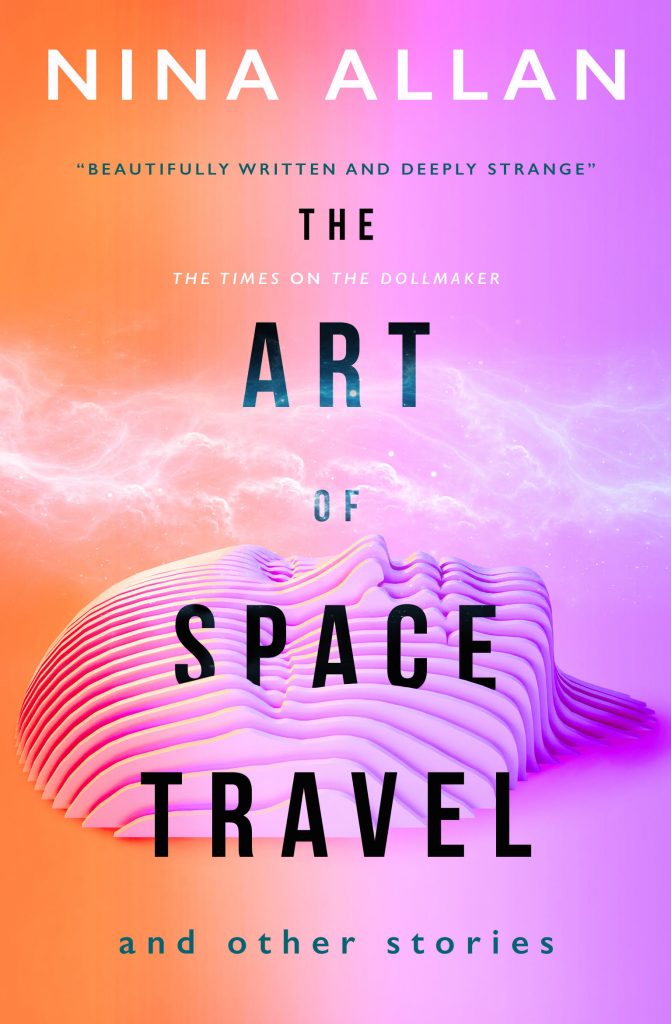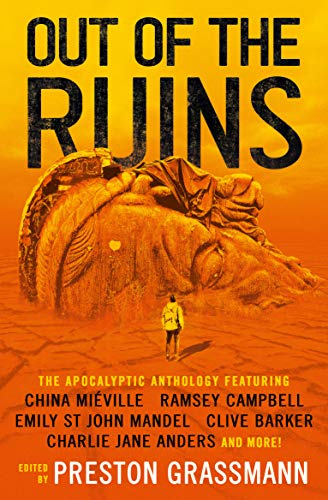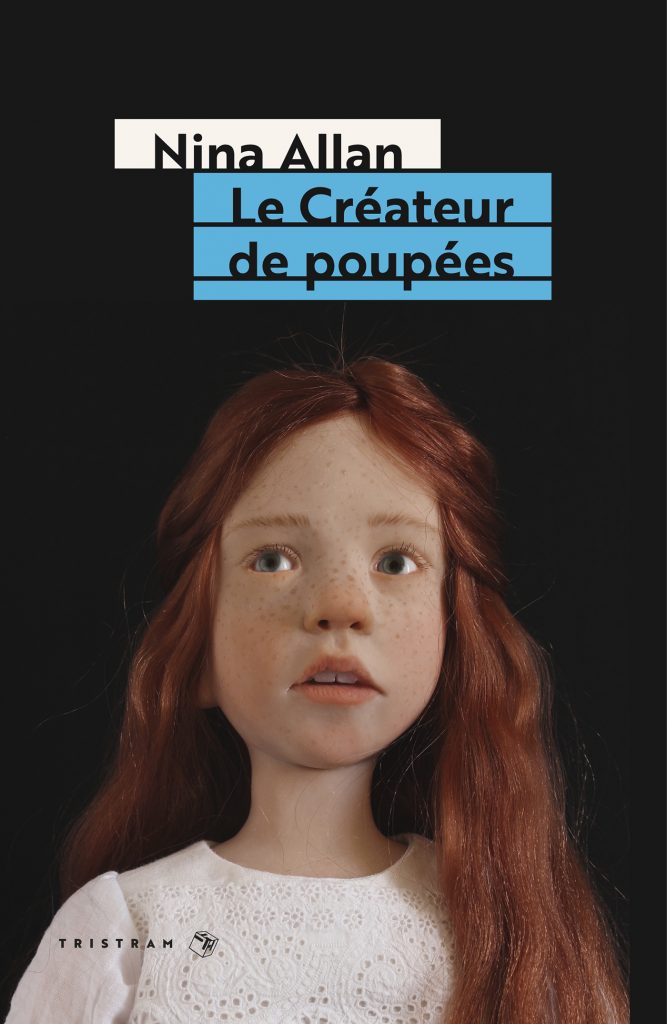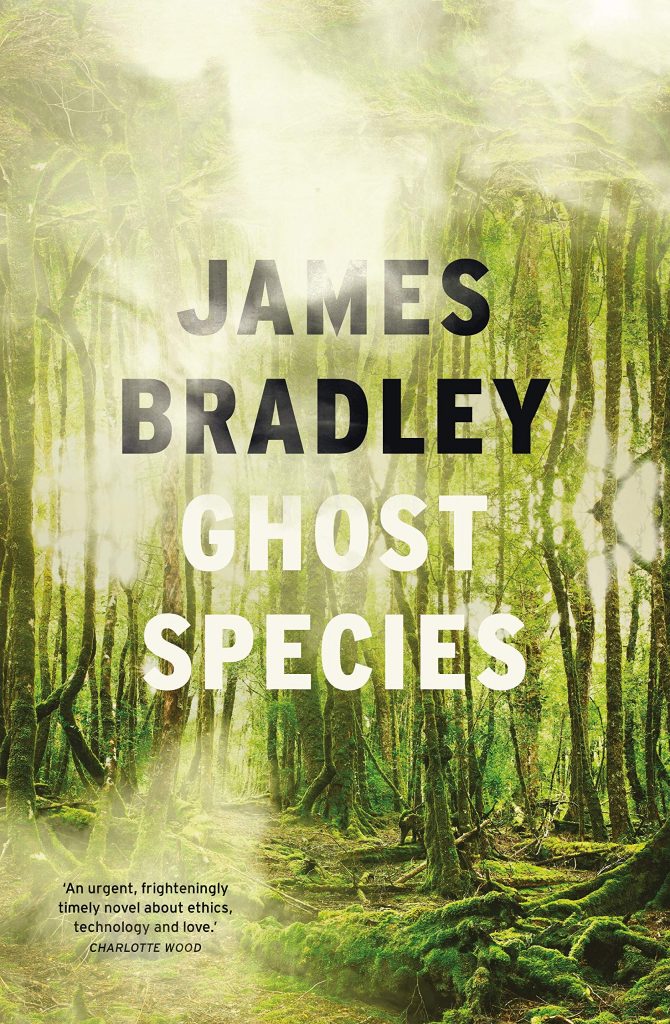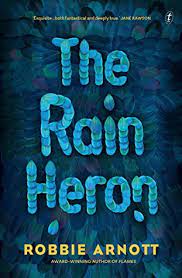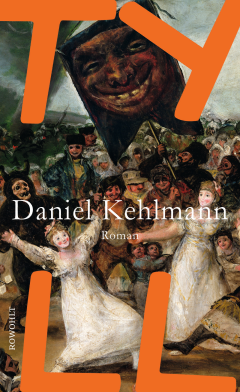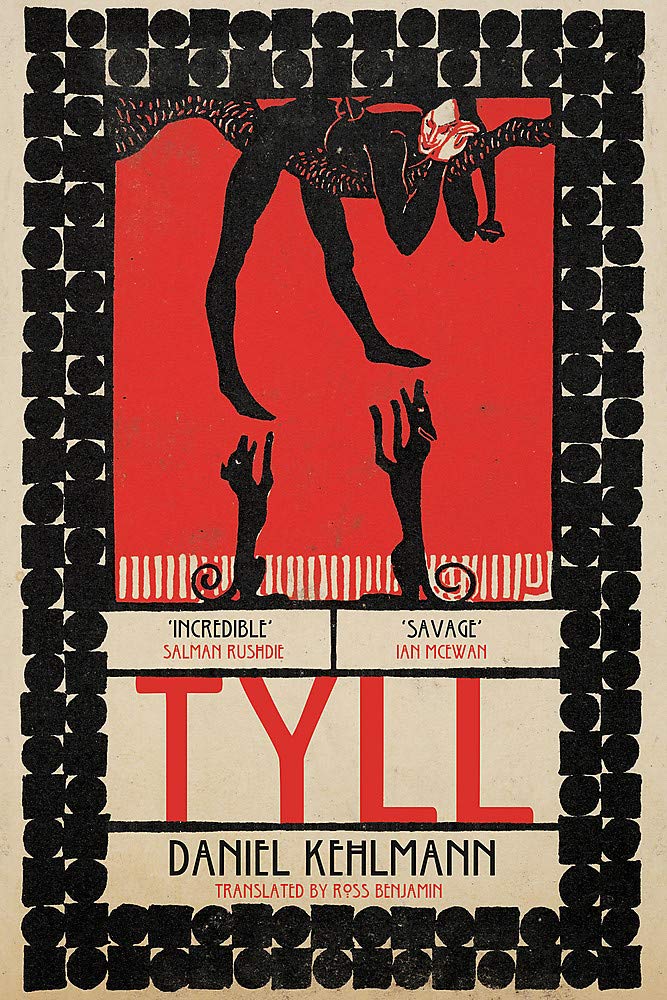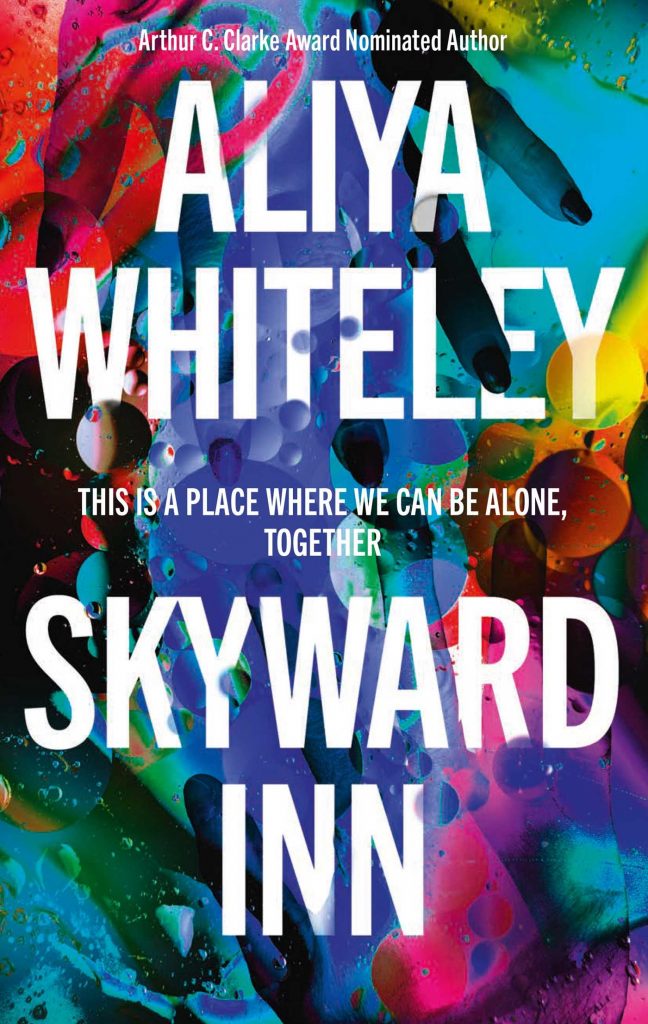I feel I’ve been lucky with Hanya Yanagihara, in that I happen to have read her in the right order. When I first started to hear about her debut novel The People in the Trees, it was a book few people seemed to have come across, let alone read. I went into it with no preconceptions – and came away mesmerised. I would still count that novel – a hard-hitting, tightly-wrought, highly individual and sometimes contentious piece of speculative eco-fiction – as a steel-bright masterpiece, the kind of confident, original writing not often encountered in a debut and that leaves you both eager and impatient to see where the author will go next.
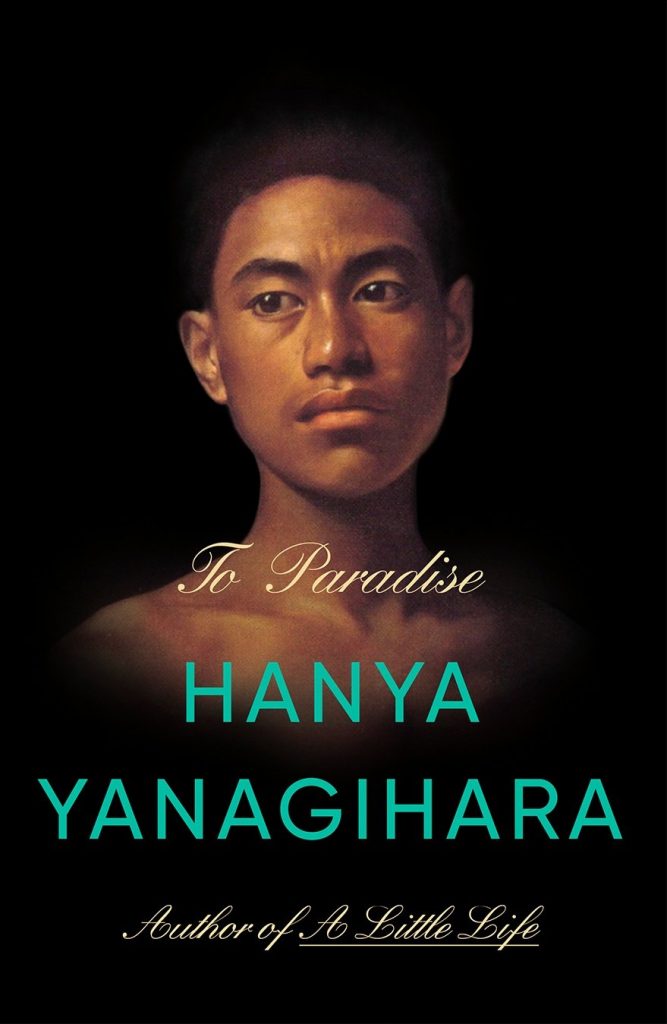
Where Yanagihara went next, of course, was A Little Life, that steaming juggernaut of a novel that for bizarre reasons of its own became that year’s literary sensation and is still one of the most divisive books of the decade. I rollocked through A Little Life; I found the story unputdownable, even though I never entirely saw the point of it, how it made sense as a follow-up to The People in the Trees. And I worried about Yanagihara as a writer. When a book is that successful, it can have a detrimental effect on a career, bending it so badly out of shape, leaving so little privacy or room for future experiment, that it is sometimes impossible for the writer to fully recover.
There was a part of me that wondered if we would hear from her again, and so when I learned, sometime last year, that her third novel was imminent I felt both delighted – she was back after all! – and intrigued. What were we going to get this time, and how were the Fanyagiharas going to react to it? I knew going in that the book was speculative, which excited me; I knew also that To Paradise was bound to be one of the literary ‘big beasts’ of 2022, which excited me in spite of myself. As another 800-pager, would it be worth my reading time, and how could it possibly live up to the hype that was already erupting?
The answer is yes, and yes. Just hours after finishing To Paradise, I find myself in mourning for it, a book that gave me for the first time in a long time that kind of reading experience one remembers from childhood: the sense of living inside a world, of being on a journey with characters who will continue to journey with you for the rest of your life. More than that, though, one could argue that To Paradise is not so much book of the year as book of this year, that it belongs precisely and inimitably to now, that it is an important piece of political fiction that will remain as a guiding landmark in the literary landscape.
I loved this book, which thrilled me and made me feel vindicated and left me fearful for our future. It also helped me to understand where A Little Life fits into the scheme of things, Yanagihara-wise, how her literary project appears to be unfolding. In terms of her craft, where Yanagihara excels most is in her storytelling, a fluidly compelling, deceptively easy style that keeps her thousands of readers turning pages even when the narrative brings up difficult subject matter and draws ambiguous conclusions. Such was the mass appeal of A Little Life; To Paradise is equally readable but I would say meatier and more challenging, even as it demonstrates how Yanagihara’s works are not just great stories, they are about story.
*
There are plenty of synopses of To Paradise available online, so I will refrain from rehashing the plot here, except to say that the novel is divided into three ‘Books’, the first set in 1893, the second in 1993, and the third Book, which occupies half the novel’s page count, is a split narrative, alternating between the book’s end-point in 2093 and decreasing intervals from fifty years before that. Much has been made of Yanagihara’s use of names in To Paradise, with some readers enjoying the repeated appearances of the same set of names throughout the three parts of the book, with others finding the device confusing, pointless, pretentious or all three.
Names have always held immense significance for me in my own fiction, and as a writer who has previously made use of devices not dissimilar to Yanagihara’s, I find her latticework of repeating names affecting, powerful and structurally significant, an anchoring weight that helps to give the sprawling, multiple timelines shape and direction, and offers the reader a guiding light on their way through the story.
As a fuller and more detailed explanation of what Yanagihara is doing, I find a musical analogy works best: think of To Paradise as a symphony, and the repeating names and situations as musical subjects and leitmotifs, and her purpose becomes instantly clear. The first movement, 1893, is an exercise in classic sonata form, a propulsive allegro, strongly melodic and in a minor key. With its clearly articulated conflicts, reversals and sense of jeopardy it appeals instantly to our emotions. In this section we meet our three dominant melodic subjects, ‘David Bingham’, ‘Charles Griffith’, and ‘Edward Bishop’, alongside their secondary subjects and recurring leitmotifs, ‘Peter’, ‘Eden’, ‘Adams’, ‘Nathaniel’ and others. We learn how David is an outsider, prone to mental illness and a sense of alienation, how he is guided towards an anchoring stability in the form of Charles, how his own passionate desires propel him towards uncertainty and possible disaster in the form of Edward. As a background continuo we have a pandemic, and the theme of the house, of Washington Square, an enveloping, grounding presence that is also a cage.
The central movement’s twin elegies are stories of farewell, the first a ballet in which David vacillates between safe, rich Charles and his penniless but beautiful servant, the second is a lament, a letter written by the ghost of David’s troubled father. The extended final movement has alternating first and second subjects that gradually become interleaved in a mighty fugue. In this complex finale, we encounter leitmotifs familiar from the previous movements. As in a symphony, this accumulation of themes, our sense of recognition as we re-encounter them works to intensify our experience, reminding us of what has gone before and why it matters to us, which themes and persons are of greatest significance to the composer. The effect is magnificent, unified, cathartic.
Reading To Paradise bears comparison with listening to Wagner, in that anything approaching true understanding can only be encompassed by making the whole journey, by seeing the thing through to its end, and that is part of its joy. Before starting out, I had seen Book One described as Jamesian – its title, Washington Square, is a pretty major clue – and so while I found Yanagihara’s storytelling as addictive as ever, I could not avoid a feeling of disappointment either. Although I could see where readers were coming from in their comparisons with Henry James and Edith Wharton, the prose felt too smooth, too directed, too easily consumable, more James-pastiche than true Master, too much like a fairy tale. As with A Little Life, I was struggling to see the point. It is not until some hundreds of pages later, and the feather-light recapitulation in Book Three, that it becomes obvious that this atmosphere of fairy tale is no accident, that this has been Yanagihara’s secret intention all along.
In Yanagihara’s 2093, the US has become a kind of simulacrum of North Korea: while elements of community, friendship, humanity and even pleasure remain, life as we know it has become heavily circumscribed. The idea of individual choice has become eroded, opportunities for self-expression are negligible to nil. In such an atmosphere of oppression, the role of the Storytellers – in a world where books are forbidden, those who used to be writers are allowed a limited outlet through the oral tradition – becomes doubly important, the idea of story itself as an agent for change takes on a new intensity,
That some commentators have complained that the ‘letters’ within the text do not read like real letters, that the repetition of names and situations is an artificial construct seems like a red herring to me, an ignoring of the fact that all novels and stories are constructs, and that the idea of literary verisimilitude is a construct also. Yanagihara is not trying to write like Henry James – to write like James is not simply a matter of aping a style, but of feeling the weight of opinion and tacit knowledge and the relationship to history that comes with having lived through James’s time. For us, now, ‘writing like James’ can never be anything more than an act of ventriloquism. What Yanagihara does in Book One is to tell a story; Yanagihara’s Washington Square is not a serious attempt to replicate James’s approach, but a nod towards a form. Wika’s letter in Book Two cannot exist, because Wika is dead, but within the house of cards that all novels are, how can that matter? As with the Storytellers in Washington Square Park in Book Three, we should not expect ‘facts’ from Yanagihara, so much as emotional truth.
*
What makes To Paradise important as political fiction is that in this time of huge uncertainties, Yanagihara is brave enough and independent-minded enough to take on massive questions without feeling the need to provide easy or comfortable answers. Whether within the context of an oppressive class structure, the toxic legacy of colonialism or the dangerous malleability of scientific fact, what Yanagihara is most concerned with is our propensity to ignore an empirical truth in favour of jumping on a community bandwagon, our preference for judgement as opposed to analysis, our championing of a strident black-and-white argument over the more muted shades of grey in which reality manifests.
Book Three of To Paradise contains some of the most pointedly urgent and questioning analysis of our current reality that has so far appeared, a depiction of a world teetering on the brink of multiple catastrophes, spurred on by ill luck, bad judgement and conflicting interests. There are doubtless many more novels still in progress that attempt to deal with the questions arising from the COVID-19 pandemic, to depict its corrosive material and intellectual effects on the world we inhabit, but I am going to stick my neck out and say that To Paradise will hold its ground, that it will come to be seen as an era-defining novel, not because it is realistic in the way a nineteenth-century novel is deemed to be realistic – it is not trying to be – but because of the risks it takes, because the questions it dares to ask will still seem relevant.
As with all great novels, To Paradise is important because of the way in which it uses the particular to illuminate the universal, the times to reveal the timeless; in her endlessly circling reiterations, her multiplicity of time frames, Yanagihara shows how much of the terror and frustration of history is enshrined in the fact that it is all but impossible for one generation to learn from another, how in order to progress, each needs to experience for themselves how the world is, all too often with disastrous results. Seeing the timelines converge in Book Three, watching as the characters move from living a life we ourselves would recognise towards a darker state of being entirely, I felt an aching sadness, all of the time, and that feeling of living through a before-times, as we are ourselves.
